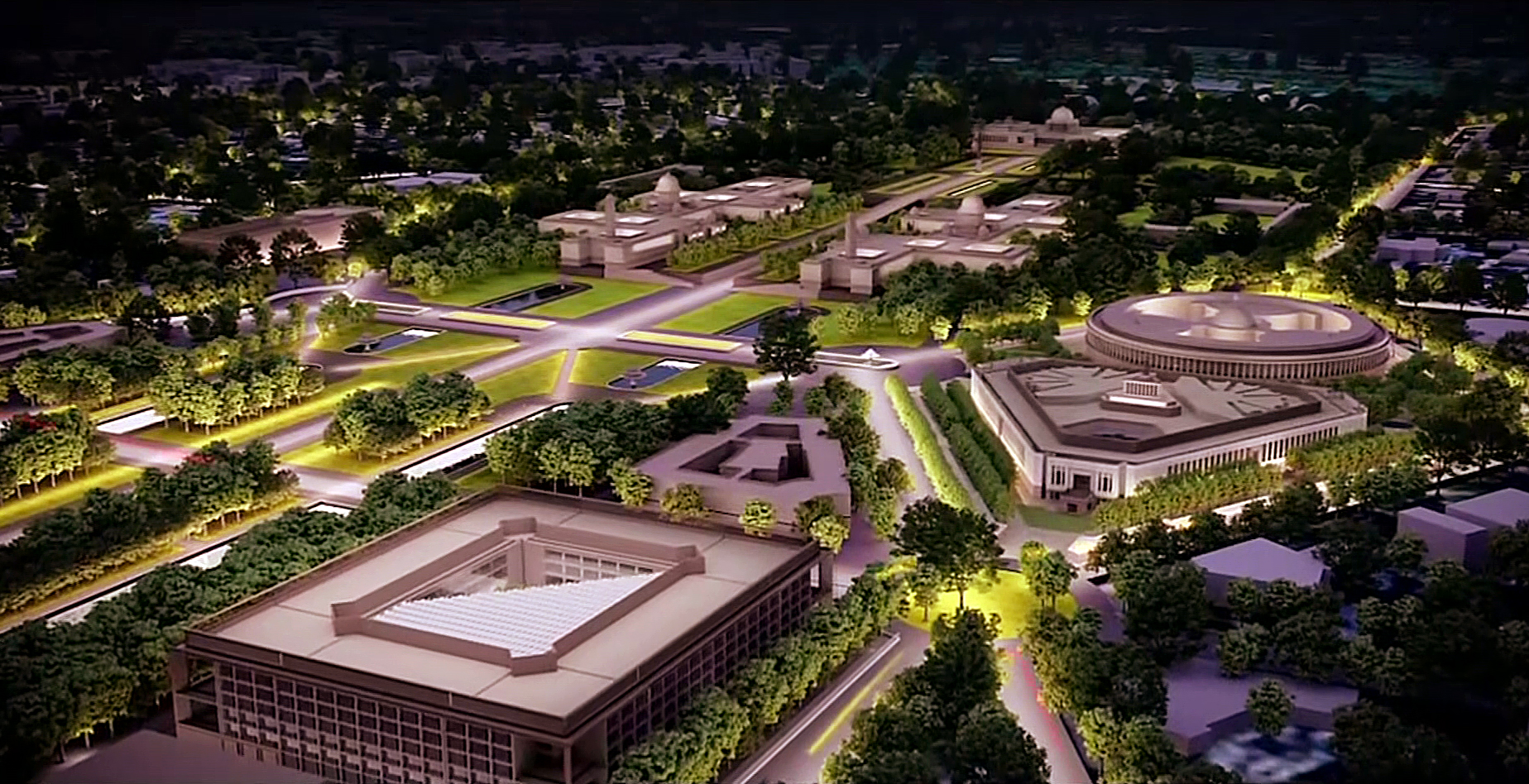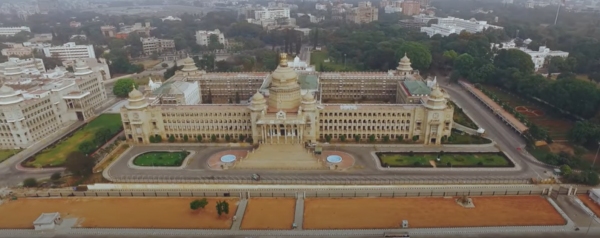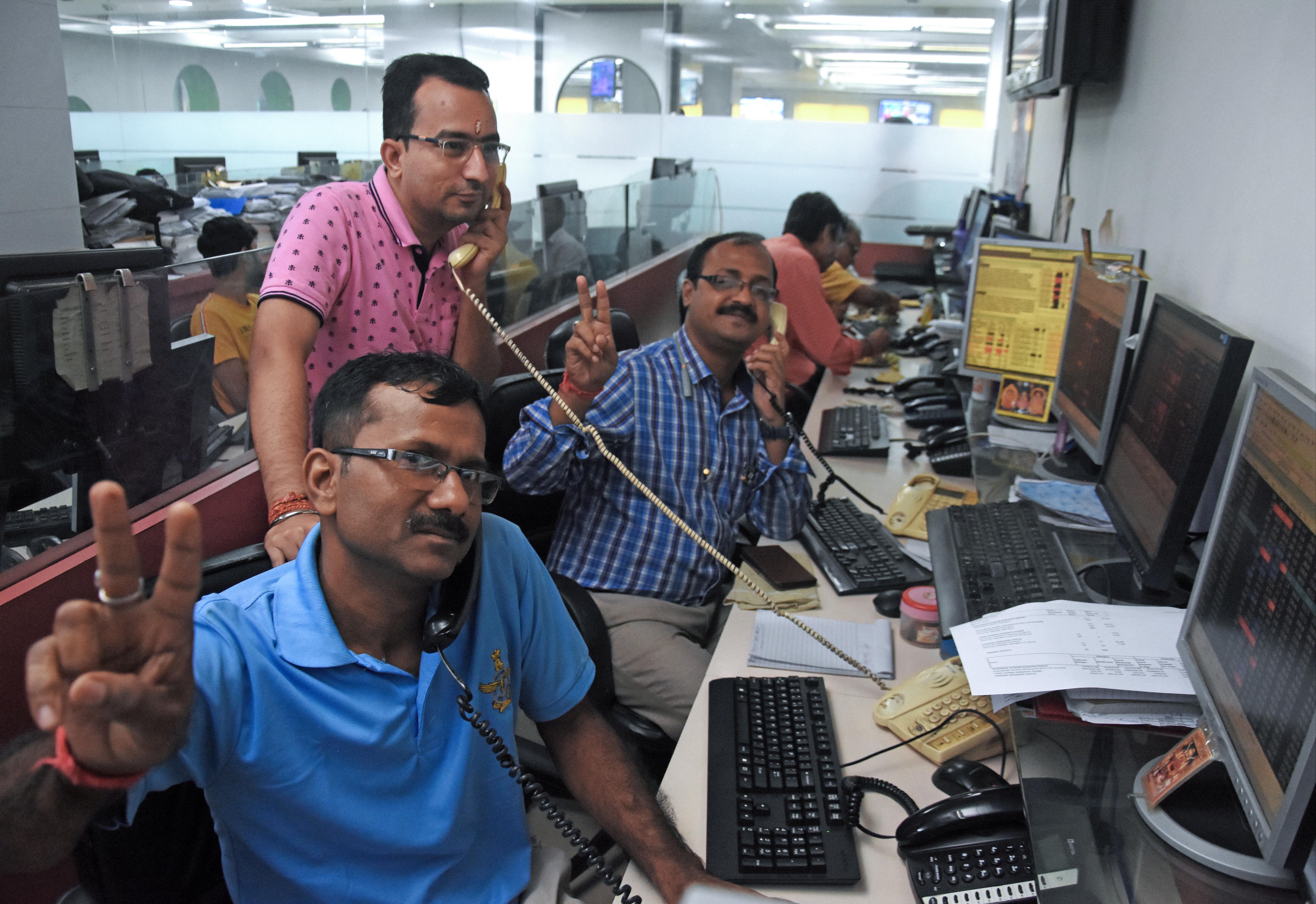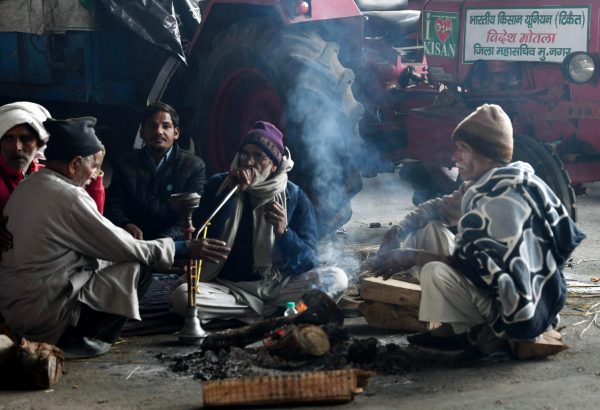The Central Vista project, an expansion to the iconic Parliament House, has been mired in controversy on land use, environment, and transparency issues. The court order places riders on the construction.
Weeks after Prime Minister Narendra Modi and his team conducted a Bhumi Pujan, or groundbreaking, ceremony amidst a Supreme Court order staying the proceedings, a Bench of three judges has now voted 2:1 in favour of the construction.
Several petitions, including one by opposition leader Jairam Ramesh, had been filed challenging both the opacity and the construction itself. A number of questions were raised over the permissions given for the change in land use and the statutory authorities allowing such a change.
On December 7, the Supreme Court had allowed the government to go ahead with the foundation stone laying ceremony on the condition that no construction, demolition, or felling of trees should take place. On 10 December 2020, the Prime Minister laid the foundation stone for the new parliament building project which is a part of the Rs 20,000 crore Central Vista Project, but violation of the Court’s order were alleged by both media reporters and observers. On the day of groundbreaking, the Supreme Court had expressed its displeasure at the government for “aggressively” continuing with the construction, demolition, and shifting of trees despite questions concerning the legality of the Central Vista project.
The government had defended the project in court, arguing that the current British-era Parliament House, opened in 1927, had inadequate space, and did not meet even the basic fire and earthquake safety norms. Additionally, had also contended that all central ministries need to be in one place to improve the efficiency of the government.
Today, however, the three-judge bench gave a go-ahead to the government on the main cause of dispute, land use: “We hold that there are no infirmities in clearances given, change in land use.”
The bench was headed by Justice AM Khanwilkar, and included Justice Dinesh Maheshwari and Justice Sanjiv Khanna. Justice Khanna agreed with the other two judges on granting permission to the project, but dissented on change of land use and on the grant of environmental clearance for the project. He was apprehensive of the change of land use as there was no disclosure for public participation and the prior approval of the heritage committee was also missing.
The Supreme Court’s permission comes with caveats and recommendations like clearance from the heritage conservation committee. The three-judge bench in its verdict also mentioned “We, however, feel the need to record that the mitigating measures must be observed by the project proponent in letter and spirit during the construction and operational phase.”
The court ordered:
- Waste management methods, inclusive of hazardous wastes, must be subject to regular monitoring.
- Installation of a permanent, high-capacity smog tower as part of the project and use of an adequate number of smog guns to minimize pollution levels during the construction activity on the site.
Predictably, the Twitterati was divided over the decision.

























